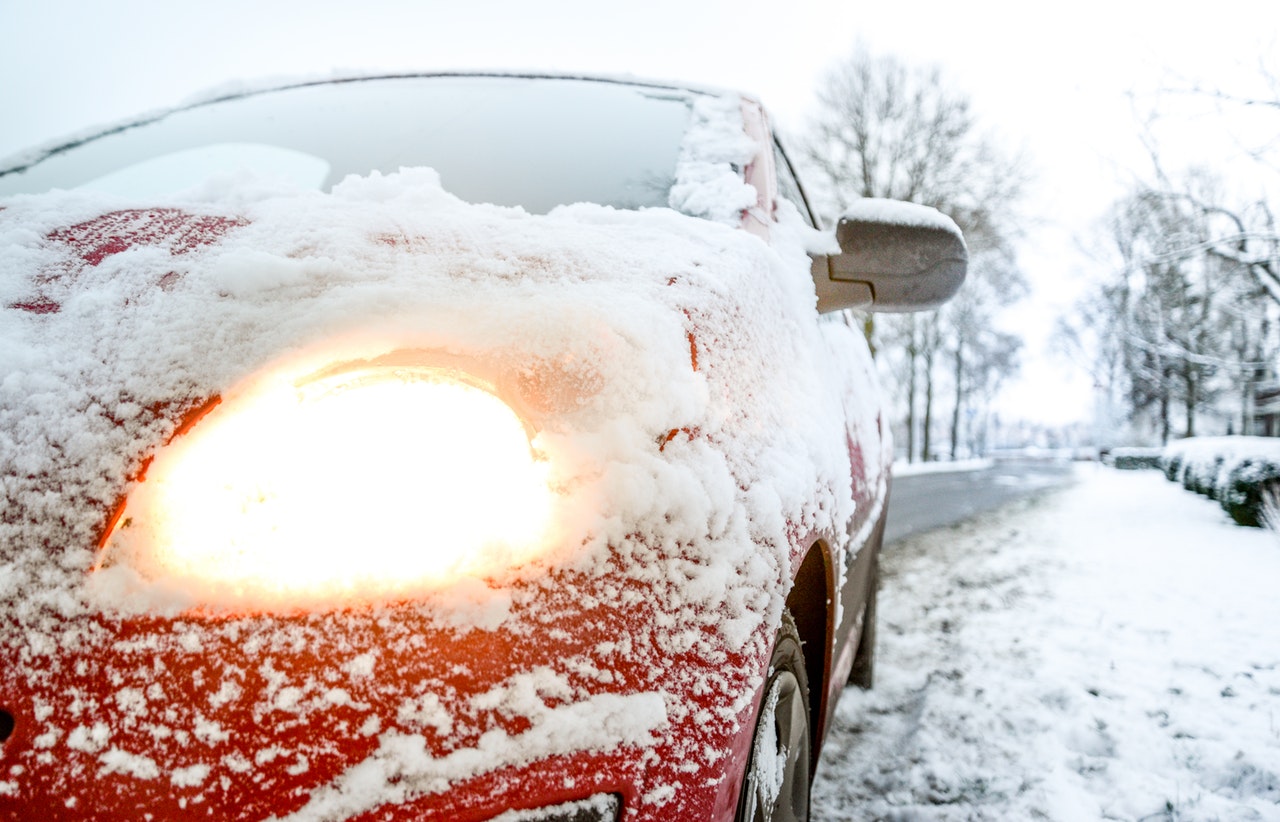Driving in Winter Conditions

Driving in winter conditions can often be a daunting prospect, especially for less experienced drivers. It is important to only drive when necessary in extreme conditions, but there are a few things you can do if you must travel to increase your safety and protection to the elements.
Before you set off…
Plan Ahead
It’s crucial to plan ahead when driving in winter conditions. Allow extra time for winter journeys. Plan routes around major roads, which are more likely to be cleared and gritted.
Give yourself more time to clear all windows using a scraper and de-icer and wait until the windscreen’s fully demisted before setting off on your journey.
Check Everything
Check your fuel level and always have a comfortable amount more than you need in case of unexpected delays.
Check your footwear. Are they dry to avoid slipping on the pedals? If they aren’t suitable footwear for driving in good conditions, they almost certainly aren’t in wintery ones.
Your tyre grip will be seriously reduced in the winter, so ensuring your tyres are in good condition is essential. Whilst law requires you to have your tread depth at a minimum of 1.6mm, grip starts to reduce on anything under 3mm, so checking your tyres is crucial if you’re planning on driving regularly in poor conditions.
The winter doesn’t only see us hit with cold weather; we also see the days getting much shorter which means you’ll be using your lights much more. Before setting off on every journey, check all of your lights are working correctly.
If you feel your car isn’t up to scratch in the winter conditions, or you’d feel safer in a car with the latest safety technology, use our car finance calculator today to find your next car model.
Keep your Distance
Give yourself enough braking distance. In normal driving conditions, your car will stop fairly quickly. However, hidden dangers such as black ice can make you slide further when breaking or even skid out of control when doing risky manoeuvres. Try and keep your distance from other motorists and pedestrians as much as possible.
Drive in a high gear in snow and Ice
Driving your car in a higher gear will help you to keep control in icy conditions. You can also try pulling away in second gear if you’re having difficulty getting started. Second gear may improve your ability to move away as pulling away in first gear on ice won’t give you much grip.
Black ice
The two words that will strike fear into the hearts of many motorists – Black Ice! It’s invisible on the roads, but potentially deadly. Due to it’s incredible ability to avoid being seen on the road, black ice is almost impossible to avoid. All a motorist can do is be as careful as possible and concentrate fully when doing any manoeuvres.
Recovering from a skid
As scary as it may sound, skids are more common than you think in wintery conditions. If you do end up hitting some black ice, or your car skids in another scenario, there are things you can do to get back on track quickly.
If you feel out of control of the car’s movement, many people will instinctively think to break. This can often do more damage than good. Instead, you should keep both hands on the steering wheel and try to steer into the skid – this should help get you straight and back on track.
If you’ve ever lost control at the wheel before, you can understand what a scary situation this can be. Panic mode for all but the most well trained of drivers will be an uncontrollable emotion. However, try to stay as calm as possible and remember the techniques above.
Prepare for all weather, not just snow and Ice
It’s not just snow and ice we have to deal with in the winter – heavy rain, wind and fog also make an appearance, and can make driving just as difficult. There are lots of little tips and tricks to keep in mind when driving in these conditions which you can see in our dedicated blog on driving in wind and rain. Our best tip would be to keep your speed down, keep calm and keep both of your hands on the wheel. Not only will the rain impact the road surface, but it will also affect vision. Pair this with fog and wind, and it’s a very difficult situation to manage.
Although the weather is obviously out of our control, if you find yourself having to constantly travel in poor weather conditions or on all types of terrain, it might be worth investing in a car that’s designed to cope better in this scenario. Come and see the stock we have today. You can also enquire further for more advice using the contact information at the bottom of our homepage.